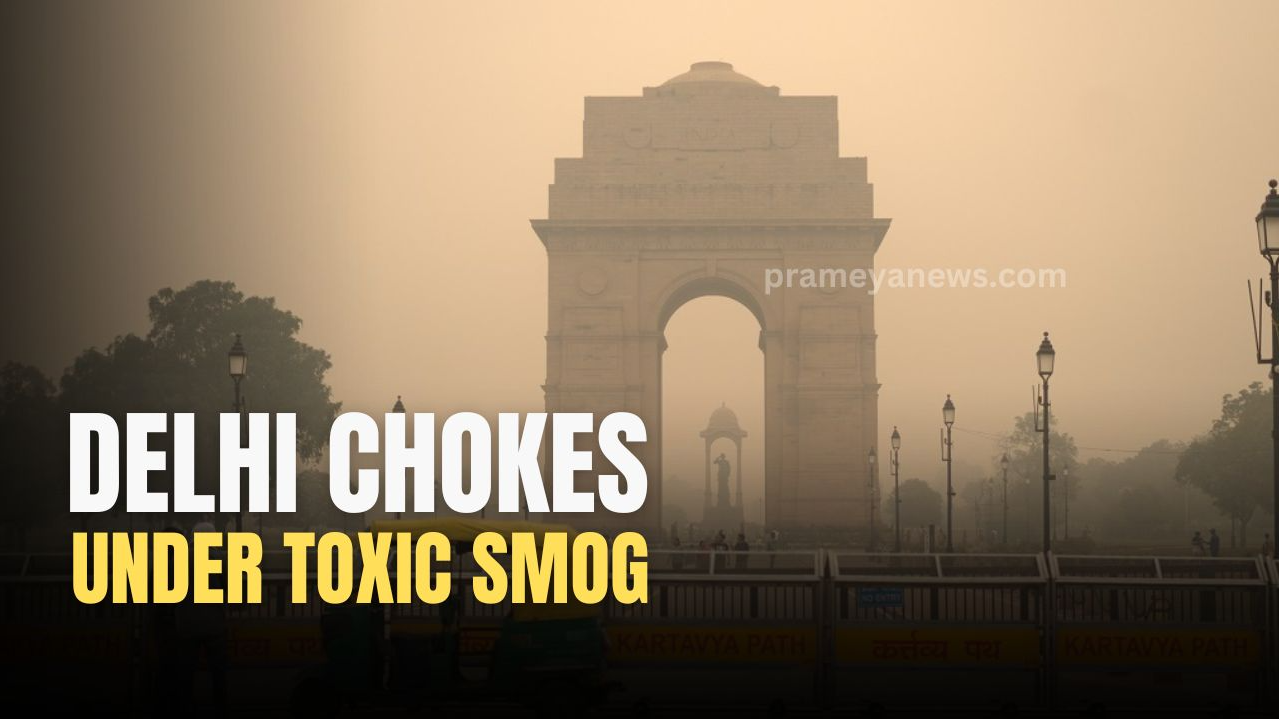

A thick haze has settled over Delhi, casting a pall of concern over the city's air quality. With the Air Quality Index (AQI) reaching a "very poor" level of 317, Commission for Air Quality Management (CAQM), has implemented the second stage of the Graded Response Action Plan (GRAP-II) from todat i.e. October 22nd, 2024 to combat the rising pollution and protect public health.
This alarming situation is evident in the visible smog blanketing areas like Anand Vihar, Kalkaji, and Akshardham Temple. The Central Pollution Control Board (CPCB) has issued warnings about the health risks associated with prolonged exposure to such high pollution levels, particularly the increased risk of respiratory illnesses.
The Air Quality Index (AQI) is a crucial tool for assessing air pollution levels and their potential impact on health. It categorizes air quality into six levels:
Delhi's current AQI of 317 falls into the "very poor" category, indicating a significant decline in air quality and a need for immediate action.
GRAP-II Measures
The implementation of GRAP-II signifies a proactive approach to addressing the pollution crisis. These measures include:
Factors Contributing to Delhi's Air Pollution
Several factors contribute to Delhi's persistent air pollution woes:
Addressing Delhi's air pollution crisis demands a multi-faceted approach. While government initiatives like GRAP are crucial, individual actions also play a significant role. Citizens can contribute by:
By working together, Delhites can create a cleaner and healthier environment for all.